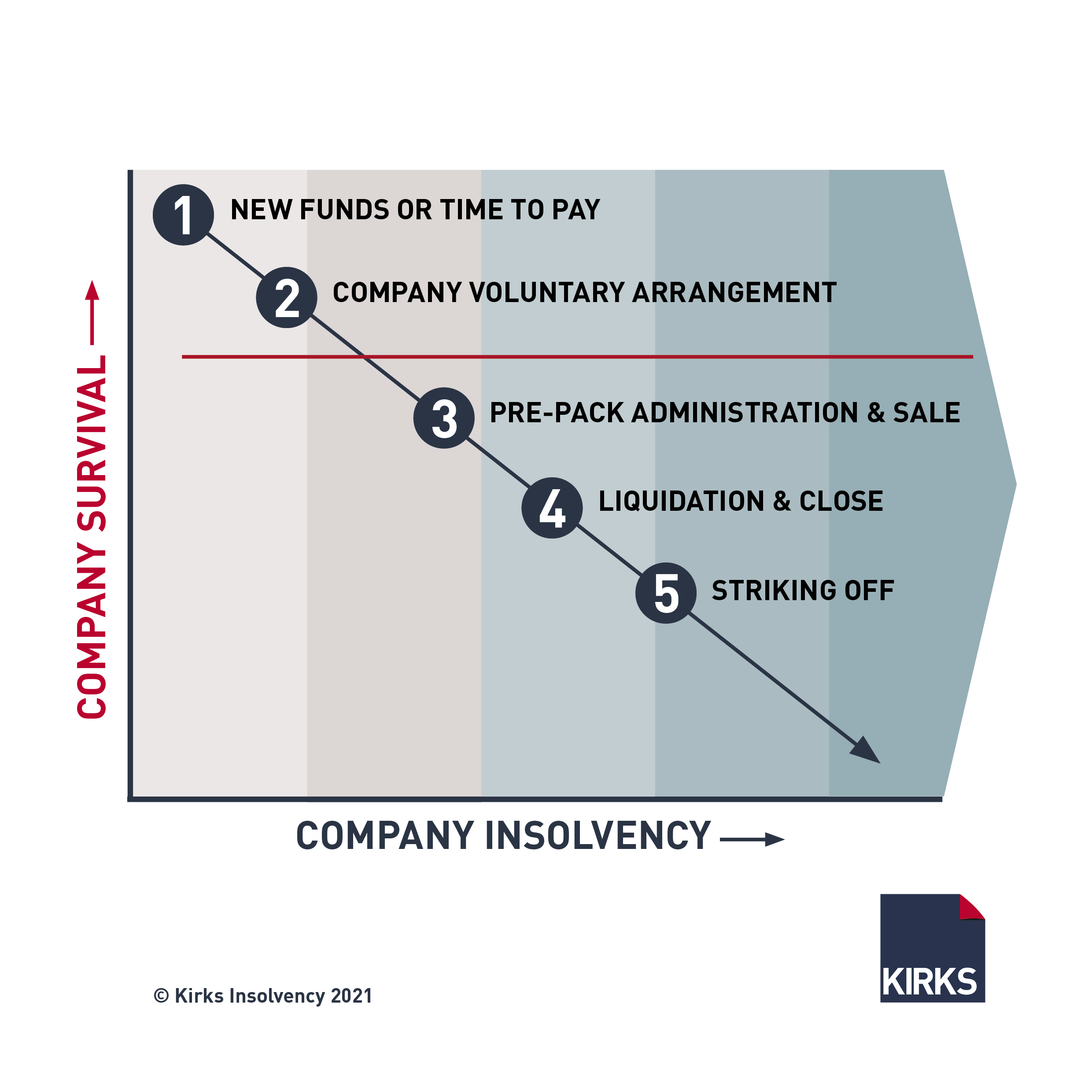Some Ideas on Insolvency Practitioner You Need To Know
Some Ideas on Insolvency Practitioner You Need To Know
Blog Article
Insolvency Practitioner Can Be Fun For Everyone
Table of ContentsThe Greatest Guide To Insolvency PractitionerUnknown Facts About Insolvency PractitionerUnknown Facts About Insolvency PractitionerThe 7-Second Trick For Insolvency PractitionerHow Insolvency Practitioner can Save You Time, Stress, and Money.What Does Insolvency Practitioner Do?Insolvency Practitioner Things To Know Before You Get This
Insurance policy is checked and managed by state insurance policy divisions, and one of their primary purposes is shielding policyholders from the threat of a firm in financial distress. When a company enters a period of financial trouble and is not able to meet its commitments, the insurance policy commissioner in the firm's home state launches a processdictated by the laws of the statewhereby initiatives are made to help the business regain its monetary footing.If it is figured out that the firm can not be rehabilitated, the company is declared financially troubled, and the commissioner will ask the state court to purchase the liquidation of the business. [Back] The insurance policy commissioner, either assigned by the guv or chosen, heads the state insurance policy division and screens and regulates insurance task within the state.
[Back] By obtaining control of a business, the commissioner (or the insurance policy department) is, by regulation, the rehabilitator or liquidator of the company. In this capacity, the commissioner or division takes control of the business's operations. Instead of do so straight, the commissioner may preserve a special replacement receiver to manage the company's tasks - Insolvency Practitioner.
Insolvency Practitioner Fundamentals Explained
The receiver looks after an accountancy of the business's properties and responsibilities and carries out the estate of the firm. In doing so, the receiver looks for to make best use of the company's properties, transfer them to cash money, and after that disperse that cash to lenders having valid cases versus the insurance company according to settlement priorities specified by state law (in all states, insurance holders are priority complaintants whose insurance claims are paid prior to those of basic financial institutions).
All insurer (with restricted exemptions) licensed to offer life or medical insurance or annuities in a state should be members of that state's warranty organization. The warranty association accepts the commissioner and the receiver in pre-liquidation preparation. Once the liquidation is purchased, the guaranty association gives coverage to the company's policyholders who are state locals (approximately the degrees specified by state lawssee listed below; any type of benefit amounts above the warranty asociation benefit levels come to be cases against the company's remaining properties).
See This Report about Insolvency Practitioner
The above insurance coverage levels use individually for each bankrupt insurance firm. When an insurance company falls short and there is a shortage of funds needed to meet the obligations to insurance holders, state warranty associations are activated. Warranty organizations have subrogation civil liberties to a proportional share of the properties staying in the fallen short insurer.
Second, insurance firms doing business in that state are assessed a share of the amount required to fulfill the section of the warranty associations' protected claims not otherwise funded with estate assets. The quantity insurers are evaluated is based on the amount of premiums that they accumulate in that state. The National Organization of Life and Health Insurance Policy Warranty Organizations (NOLHGA) is made up of the life and wellness insurance guaranty associations of all 50 states and the District of Columbia.
NOLHGA develops a task force of depictive guaranty associations to collaborate with the insurance coverage commissioner to develop a strategy to protect policyholders. For additional information on NOLHGA's role while doing so, see "What Is NOLHGA?" and "The Safeguard at Work." [Back]
Not known Incorrect Statements About Insolvency Practitioner

Predictive protection by aiding you pick the appropriate clients and the appropriate markets to avoid uncollectable loan in the first area, many thanks to acute financial evaluation. Thorough market intelligence, giving you with 360-degree exposure on organization markets and approaching troubles. It would certainly be a simplification to assume a profession credit rating insurance begins and finishes with costs and pay-outs.

Getting The Insolvency Practitioner To Work
Why does a company see it here get in into bankruptcy? There are a number of reasons why a firm may get in into insolvency.
Other reasons for bankruptcy consist of fraudulence, mismanagement, and unforeseen costs. Insolvency can additionally lead to task losses and the closure of businesses.
The 5-Second Trick For Insolvency Practitioner
This can have severe ramifications for the firm, its stakeholders, lenders and the economic situation. The business might be compelled to offer assets, lay off personnel or perhaps shut down. This can have a knock-on result on the regional community and the economy overall. Lenders might be omitted of pocket and the company's shareholders might see their financial investment disappear.
This can happen for a variety of factors, consisting of poor monetary administration, unforeseen costs, or a change on the market. If a business is insolvent, it might be compelled to close down or sell properties to pay creditors. This can have a major influence on the organization, employees, and investors.
It can result in work losses, possession sales, and even bankruptcy. It is essential to understand just how company bankruptcy works and how it can impact your organization. Why does a company get in right into insolvency? There are a number of reasons why a firm might become part of bankruptcy. One of the most usual reason is that the company is incapable to pay its financial debts as they drop due.
The Insolvency Practitioner Ideas
Various other factors for insolvency consist of fraudulence, mismanagement, and unforeseen prices. Insolvency can also lead to task losses and the closure of businesses.
This can have severe ramifications for the firm, its stakeholders, creditors and the economy. The business might be required to market properties, lay off personnel and even shut down. This can have a knock-on impact on the local community and the economic situation reference as a whole. Creditors might be overlooked of pocket and the firm's shareholders might see their financial investment vanish.
Report this page